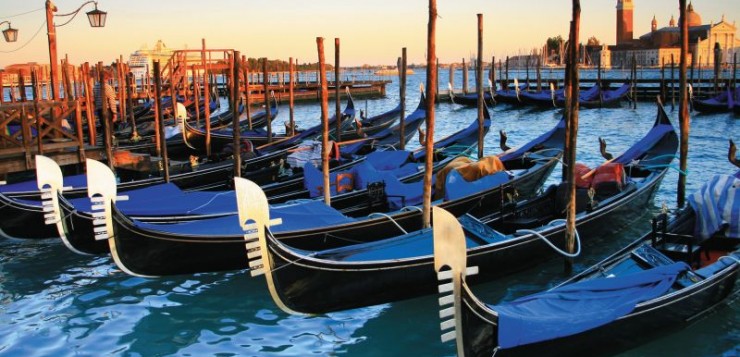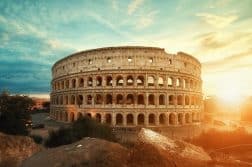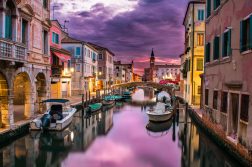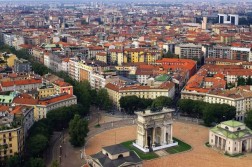Italy has played an important role in European higher education: It is one of the four countries that first engaged to create the European Area of Higher Education (Sorbonne Declaration, May 1998), thus starting the higher education reform which, known as the ‘Bologna Process’ (Bologna Declaration, June 1999), is being implemented all over Europe.
Italy ranks among the eight most industrialized countries in the world and is Europe’s third largest economy. Alongside some big companies, both state-owned and private, it has developed a sound network of small and medium-sized undertakings, promoted a few scientific parks, and is involved in applied research in a great variety of fields (biology, ICT, medicine, physics, etc.).
The Italian Higher Education System
Italian higher education is structured in a binary system, consisting of two main classifications: the university sector and the non-university sector.
University sector:
At present, the university sector is made up of 89 university institutions, which are classified as follows:
- 60 State universities including 2 Polytechnics and 2 Universities for Foreigners
- 17 non-State universities (legally recognized by the State)
- Six higher schools specialized in postgraduate university studies
- Eleven telematic universities (specialized in e-learning)
Non-university sector:
The non-university sector includes four education institution types:
- Higher schools of design: polytechnics for the arts, academies of fine arts, higher institutes for applied arts
- Higher institutes for musical and choreographic studies, national academies
- Higher education in language mediation: higher schools for language mediators
- Higher integrated education (FIS): programs of higher technical education & training (IFTS), and a few specific fields (e.g. archiving, diplomatic, restoration, military studies, etc.) which fall under the supervision of ministries other than that of Education.
Applying to university in Italy
Applicants for undergraduate (‘first cycle’) programs are expected to have completed at least 12 years of education and obtained good results in their own country’s pre-university exams (such as SATs). Proficiency in Italian also may be required, demonstrated either by sitting an exam or submitting evidence of language courses previously taken.
The academic year is split into two semesters: from September/October to January/February, and from January/February to July. Typically, each semester in Italy will consist of 14 teaching weeks, followed by a six-week exam period. It is usual for most exams to be oral, which means a series of one-on-one question and answer sessions with the examining professors.
Scholarships and financial aid
International students are entitled to the same student assistance services as Italian students, based on financial means and/or merit and this applies to scholarships, student loans, housing assistance, refectory meal tickets and fee waivers.
These services are managed by the DSU office (Diritto allo studio universitario), which also provides other services such as counseling and information on extra-curricular activities, sports, transport etc.
Contact the DSU office at the university you plan to study in to find out which services are available to you.
Student visas for Italy
Once you’ve been offered a place, you can apply for a student visa through your nearest Italian embassy or consulate. You’ll need to provide evidence of sufficient finances to support yourself and to return home; details of your accommodation arrangements; and proof that you will be able to access medical aid, either through private insurance or an agreement between Italy and your native country.
Finding a program
The institutions across Italy have many programs to offer; there is something for everyone. To do a course check to see what is available in your area of interest, go to the Ministry of Education’s site and click on ‘course search’ to access the comprehensive database. studyinitaly.esteri.it
Quick facts:
- The currency is the euro (EUR)
- The head of state is the elected President, but the government is led by the Prime Minister
- Europe’s third-largest economy
- Population of 61.1 million and total area of 301,338 sq. km
- Land borders with France, Switzerland, Austria and Slovenia
- 51 UNESCO World Heritage Sites, more than any other country
- Italy has many of the active volcanoes in mainland Europe, including Mount Etna, Stromboli and Mount Vesuvius
- Italy’s national football (soccer) team has won the FIFA World Cup four times, in 1934, 1938, 1982 and 2006 – only Brazil has been more successful
Sources:
studyinitaly.esteri.it (Italian Ministry of Education, University and Research)
Topuniversities.com








Discussion1 Comment
loved reading your post. you view Open University admission requirement from here.